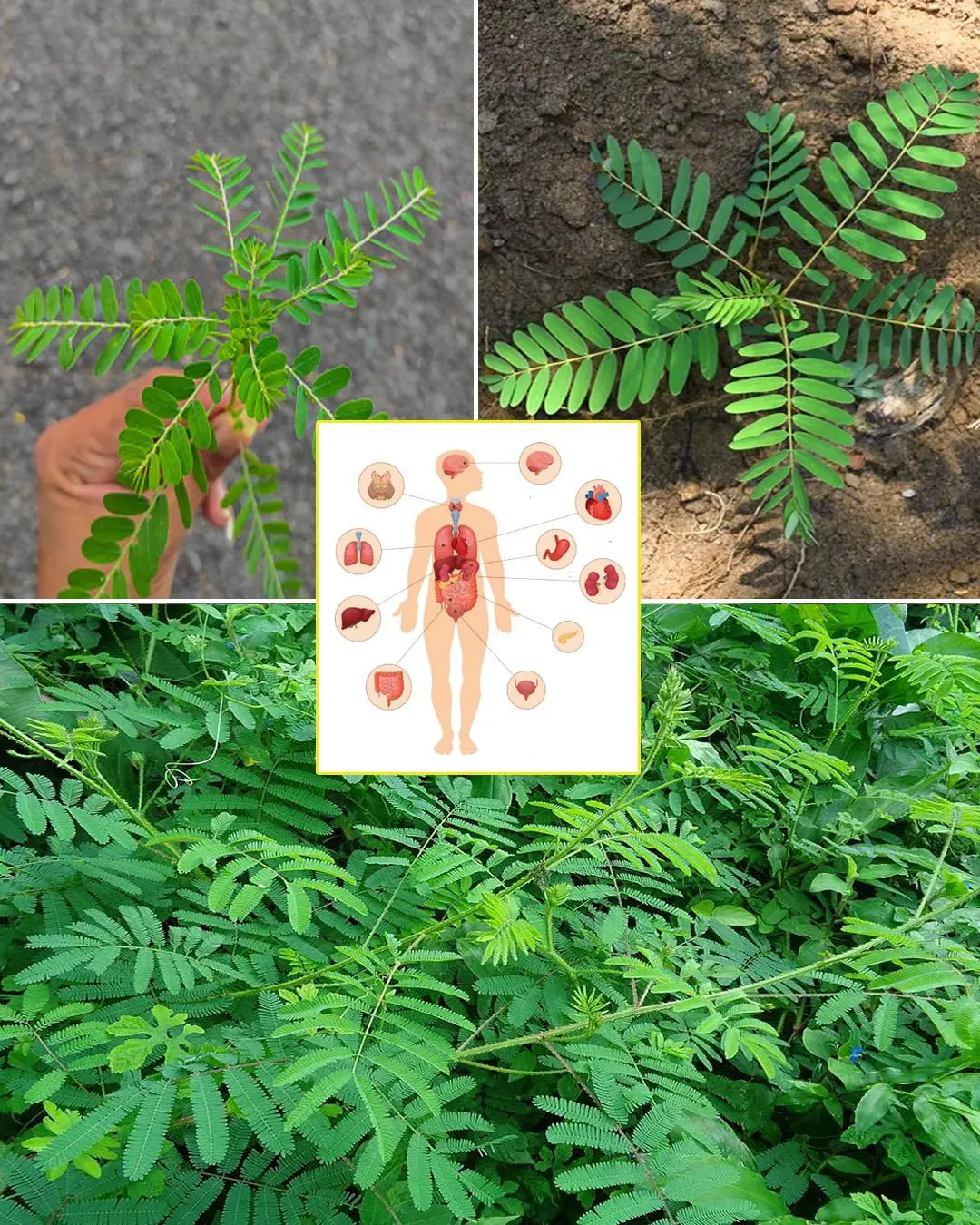
The Best Places to Photograph in Montana
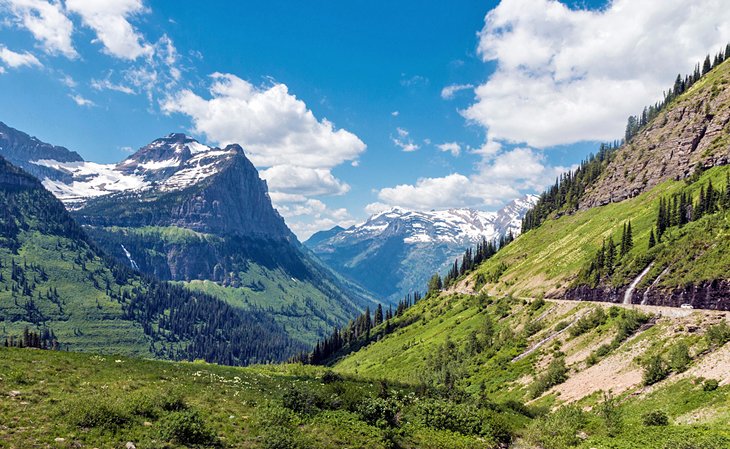
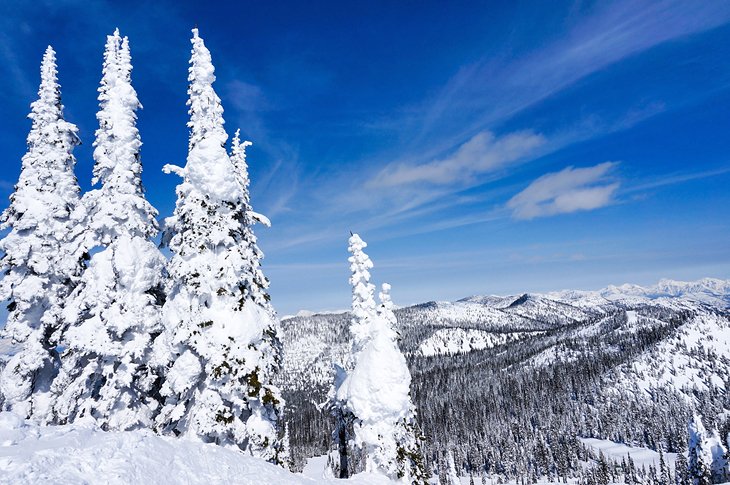
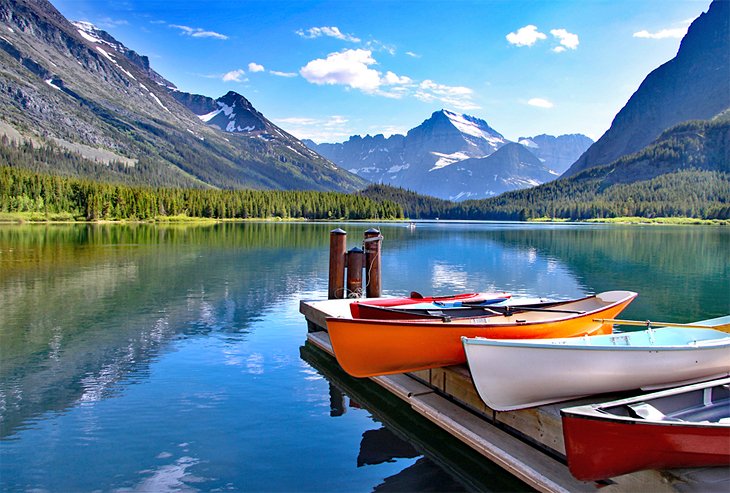
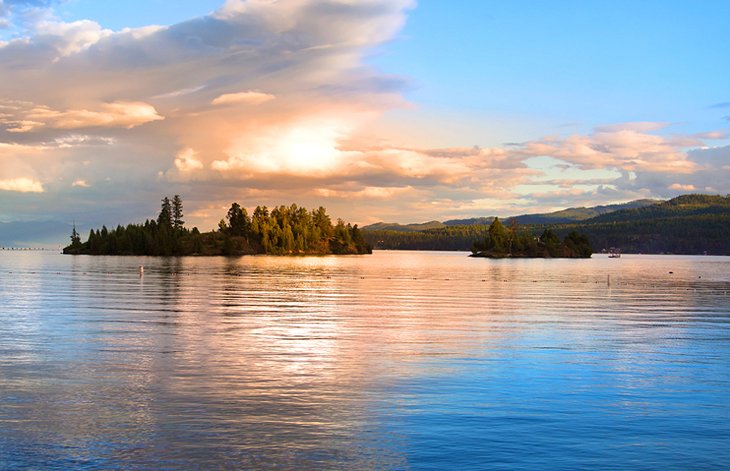
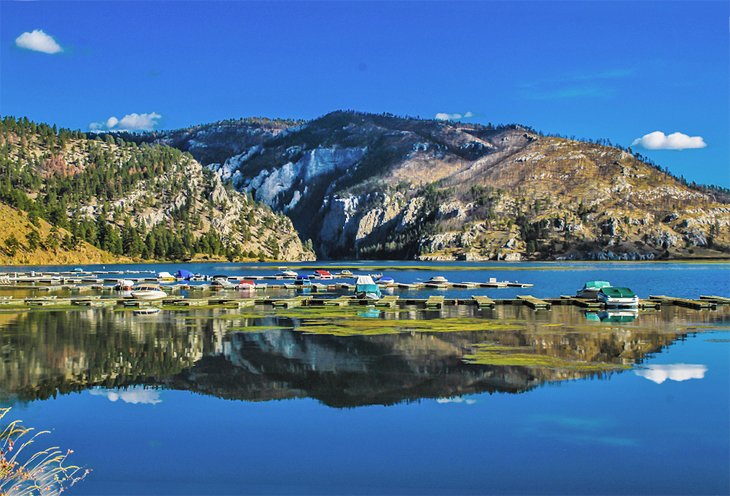
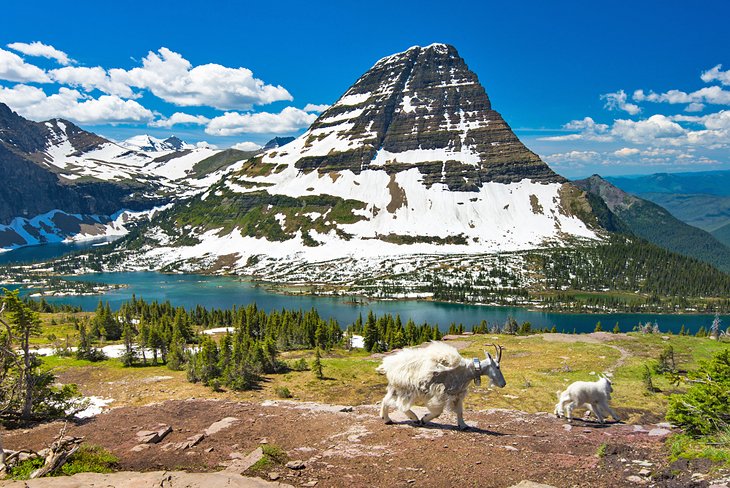
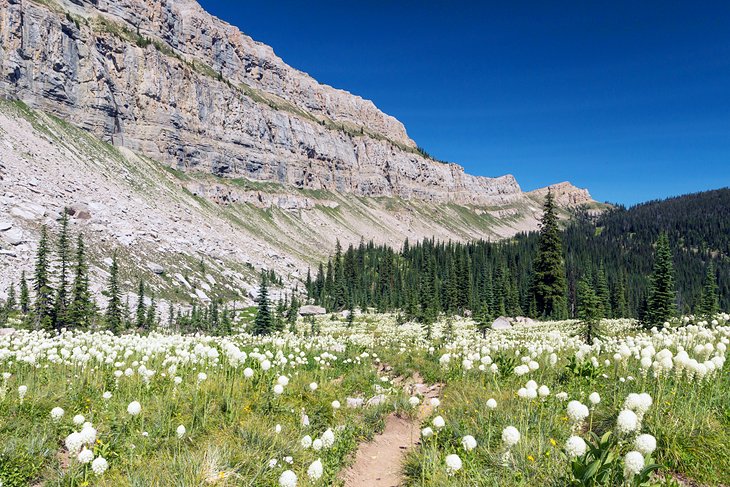
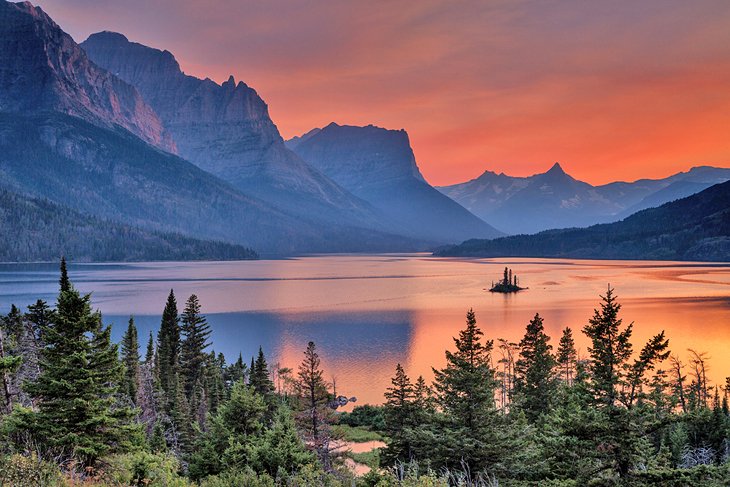
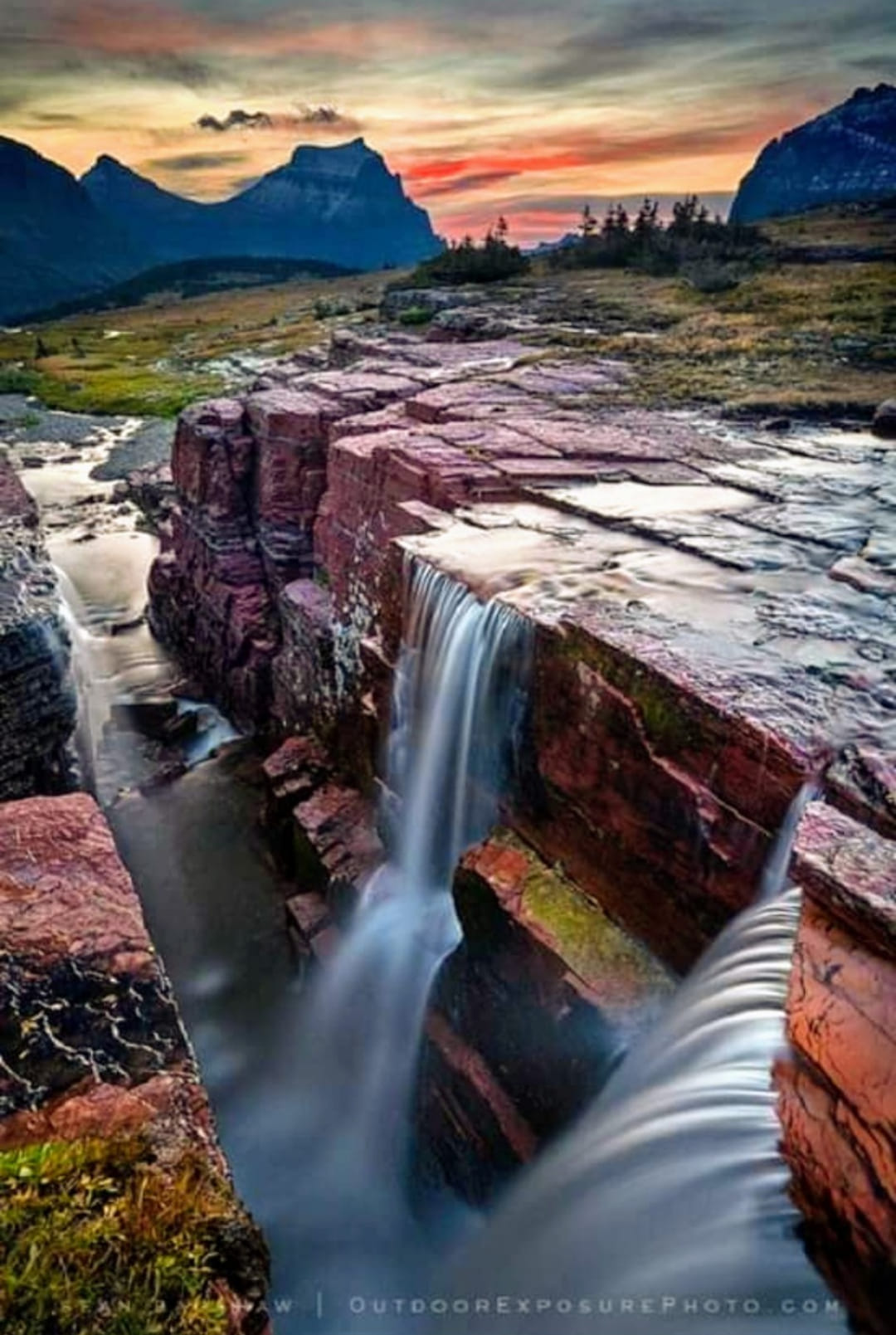
There’s a reason why Montana is often referred to as Big Sky Country—and it’s not just a catchy nickname. From the snow-capped peaks of Glacier National Park to the rugged badlands that define the eastern part of the state, every corner of Montana is marked by awe-inspiring natural beauty. Vast open spaces, dramatic landscapes, and endless skies give visitors a real sense of freedom and scale. With natural features like Flathead Lake, the towering Bitterroot Mountains, and vibrant cities like Helena and Missoula, Montana is a place where adventure and tranquility exist side by side.
Whether you're into outdoor recreation, scenic drives, or quiet moments in nature, Montana has something for everyone. Here are some of the top places and experiences that showcase just how grand and beautiful Big Sky Country really is.
1. Going-to-the-Sun Road
Stretching across the entire width of Glacier National Park in northwestern Montana, the Going-to-the-Sun Road is a feat of engineering and one of the most scenic drives in the country. This 50-mile roadway offers access to several iconic park features, including Lake McDonald, Logan Pass, and the St. Mary Visitor Center. The road is typically open during the summer and early fall, when snow has cleared.
A free shuttle system operated by the National Park Service makes exploring easier and more sustainable. Cyclists also flock to this route during designated times for a more intimate, car-free experience of the landscape. With every turn, you’ll encounter panoramic mountain views, waterfalls, alpine meadows, and the chance to spot wildlife like bighorn sheep or grizzly bears.
2. Whitefish Mountain Resort
Located near the Canadian border in the charming town of Whitefish, this mountain resort is a year-round outdoor playground. Known for its excellent ski slopes in the winter, Whitefish Mountain (formerly called Big Mountain) draws snow sports enthusiasts from all over the country. With well-groomed runs, powder-filled bowls, and plenty of backcountry terrain, it’s a paradise for skiers and snowboarders.
In summer, the resort transforms into a hub for mountain biking, hiking, zip-lining, and alpine slides. The Whitefish Lake nearby also offers great boating and swimming opportunities. The town of Whitefish itself is worth exploring, with boutique shops, great restaurants, and a friendly, welcoming vibe.
3. Lake McDonald
As the largest lake in Glacier National Park, Lake McDonald is a must-see destination. Located near the park's western entrance, this ten-mile-long lake is surrounded by dense forests and towering mountains, creating postcard-perfect views. It’s also one of the first major sights visitors see when entering via the Going-to-the-Sun Road.
The historic Lake McDonald Lodge, built in the early 1900s, provides cozy lodging with direct lake access. Early mornings and sunsets at the lake are particularly breathtaking, and photographers are drawn to its crystal-clear waters and colorful pebbles. Hiking trails, boat rentals, and ranger programs add even more to the experience.
4. Flathead Lake
South of Glacier National Park and en route to Whitefish, Flathead Lake is the largest natural freshwater lake west of the Mississippi River. Surrounded by the Mission and Swan Mountain Ranges, this massive body of water is a paradise for water lovers and outdoor adventurers.
In the summer months, locals and tourists alike enjoy boating, kayaking, sailing, and fishing. A standout attraction is Wild Horse Island State Park, accessible only by boat. This protected area is home to wild horses, bighorn sheep, and bald eagles. The lake’s many public access points make it easy to find your own peaceful spot along the shoreline.
5. Gates of the Mountains
Just north of Helena, the Gates of the Mountains is a stunning natural corridor along the Missouri River. When explorer Meriwether Lewis passed through in 1805, he was so struck by the towering limestone cliffs on both sides of the river that he named the spot "Gates of the Mountains."
Today, the best way to experience this dramatic landscape is by taking a guided boat tour from the marina. These trips offer history, geology, and wildlife viewing, with chances to see osprey, eagles, and even black bears. The area is part of the Helena-Lewis and Clark National Forest, and offers several hiking trails for those who want to explore the rugged terrain on foot.
6. Logan Pass
Situated along the Continental Divide, Logan Pass is the highest elevation in Glacier National Park that can be reached by car. At 6,646 feet, it offers jaw-dropping views and easy access to some of the park's most popular trails, including the hike to Hidden Lake.
The area is known for its alpine meadows, which burst into color during wildflower season. Wildlife sightings are common—mountain goats, bighorn sheep, and even grizzly bears are often seen along the trails. Because of its elevation and popularity, Logan Pass tends to be crowded, so arriving early is a smart move.
7. The Chinese Wall
In the heart of the Bob Marshall Wilderness Complex lies one of Montana’s most striking geological features: The Chinese Wall. This massive limestone escarpment stretches for over 12 miles and rises up to 1,000 feet high, forming part of the Continental Divide.
Reaching the wall requires a multi-day backpacking trip and is best suited for experienced hikers with wilderness skills. Those who make the trek are rewarded with solitude, silence, and epic views that very few people ever get to see. The surrounding wilderness is home to a wide array of wildlife, from elk and moose to wolves and bears, and offers some of the most pristine backcountry experiences in the lower 48 states.
8. Saint Mary Lake
Located on the east side of Glacier National Park, Saint Mary Lake is the park’s second-largest lake and one of its most photogenic spots. Surrounded by towering peaks, the lake offers stunning reflection views, especially in the early morning or at dusk.
One of the lake’s most famous landmarks is Wild Goose Island, a tiny forested island that has become one of the most photographed scenes in Montana. Jackson Glacier looms in the distance, completing the picture-perfect setting. Numerous trails and viewpoints along the Going-to-the-Sun Road make this area easy to explore.
9. Glacier National Park – A Natural Masterpiece
Covering more than 1 million acres (approximately 4,101 km²), Glacier National Park is a crown jewel of the American wilderness. Nestled along the Canadian border, the park is home to two majestic mountain ranges, over 130 lakes, and thousands of plant and animal species. The ecosystem here remains largely untouched, offering a glimpse into what North America looked like centuries ago.
The park is part of the Waterton-Glacier International Peace Park, which it shares with Waterton Lakes National Park in Alberta, Canada. Designated as the first International Peace Park in 1932, it has since been recognized as a UNESCO Biosphere Reserve (1976) and a World Heritage Site (1995). Whether you’re hiking to Triple Falls, spotting mountain goats at Logan Pass, or camping under the stars, Glacier National Park offers endless ways to connect with nature.
Final Thoughts
Montana's landscapes are not only beautiful—they’re humbling. From towering peaks and crystal-clear lakes to remote wilderness and historic mountain towns, the state offers a genuine sense of wonder. Whether you're chasing adventure or simply want to feel small beneath a big sky, Montana delivers.
News in the same category

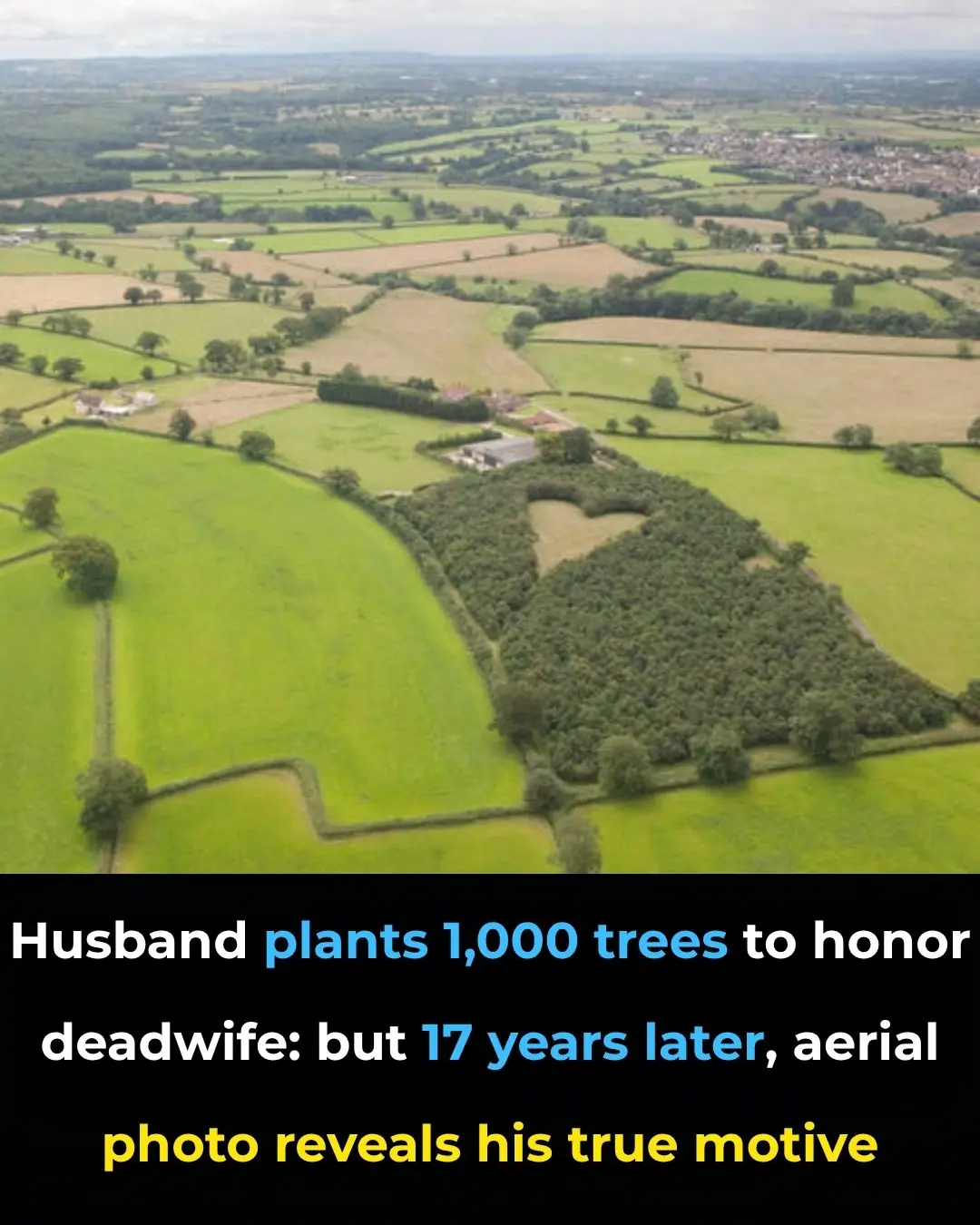
Farmer Plants 1,000 Oak Trees to Create Memorial for Late Wife

What Does a Thumb Ring Really Mean

Netflix loses eye-watering amount of money following Elon Musk’s call to cancel 'woke' streaming service

Nintendo sues Reddit mod for $4,500,000 in shocking lawsuit

Creators of ChatGPT reveal 44 jobs at highest risk of being taken over by AI in future

What Are These Tiny Balls in My Bed

Apple just added a new app to iPhone with iOS 26 and most people have no idea
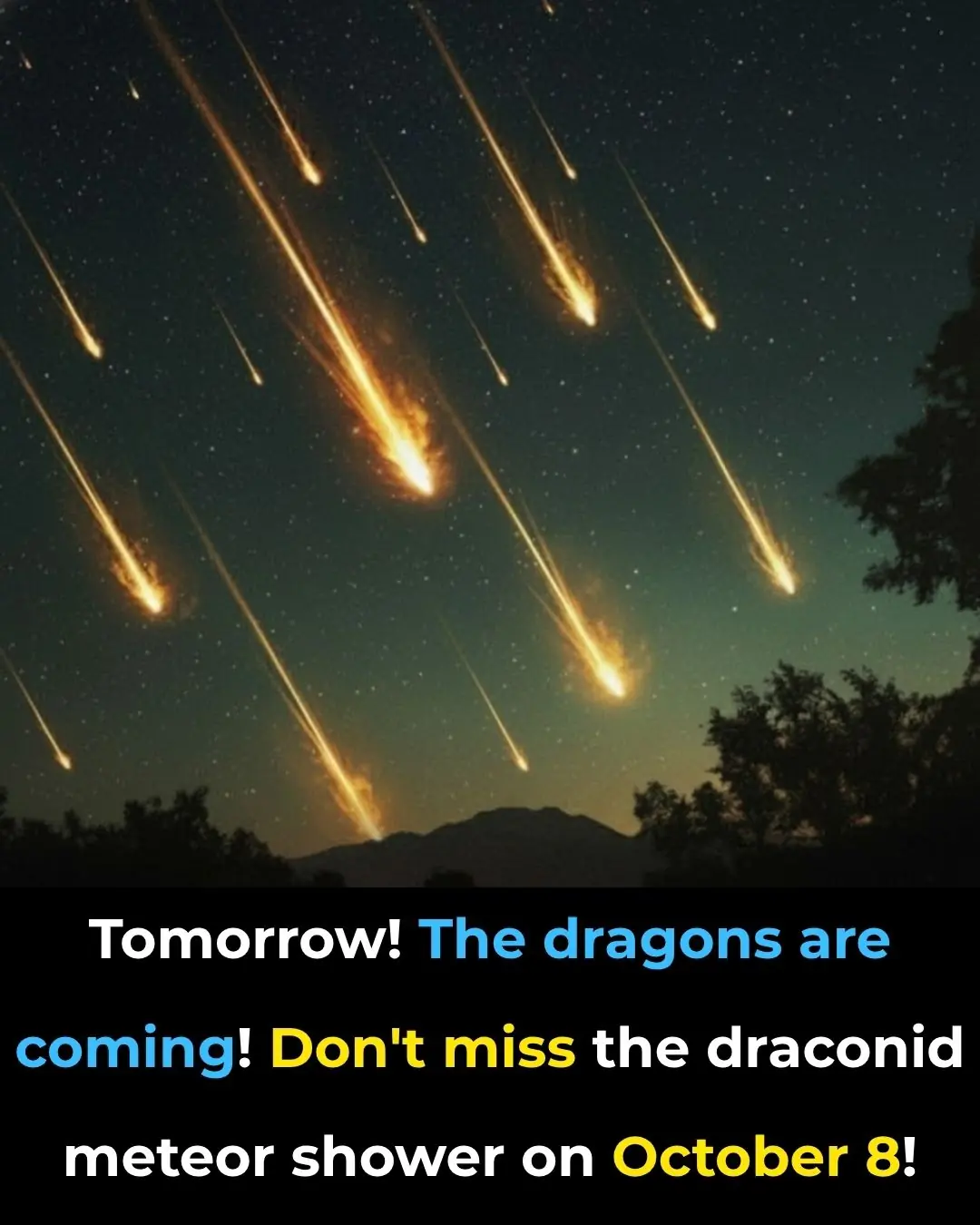
BREAKING NEWS 🚨 Due To This Draconid Meteor Shower Earth Will Be Badly Effected Because…..See More
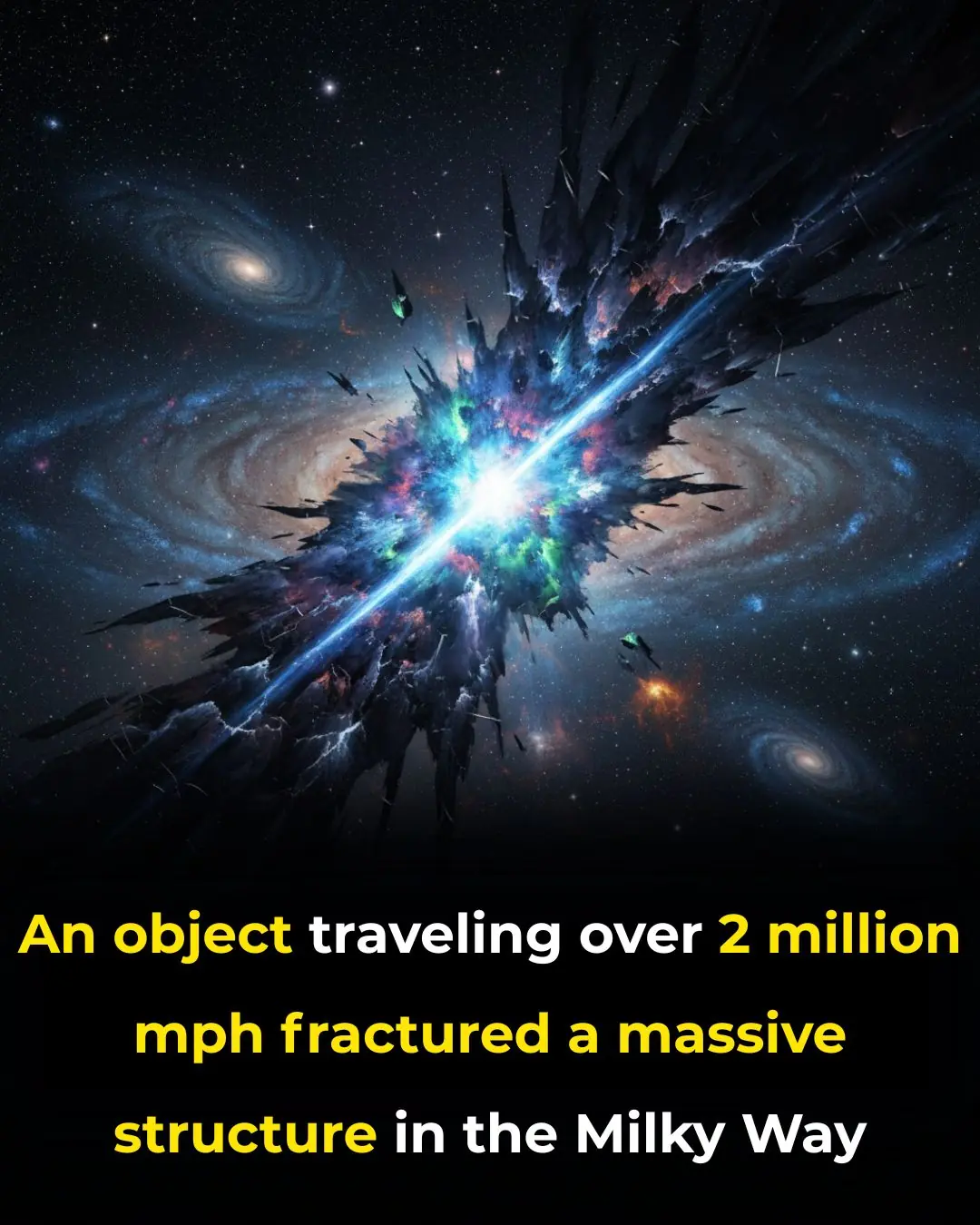
A High-Speed Pulsar Has Cracked the Milky Way’s Magnetic “Bone” — Racing Through Space at 2 Million MPH

Nose Picking What This Taboo Habit Really Reveals About Us
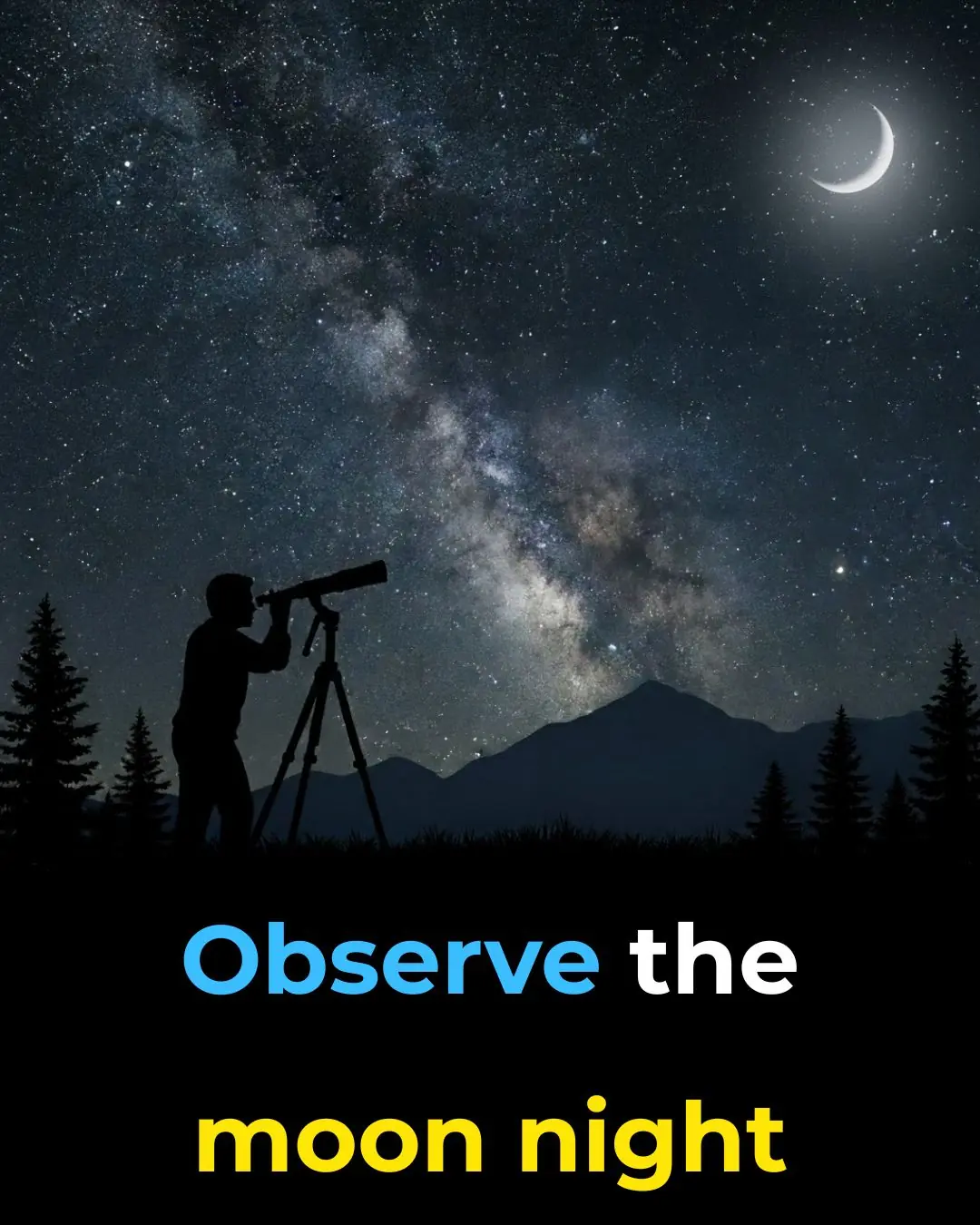
Prime views of the Andromeda Galaxy and Ceres—October 2
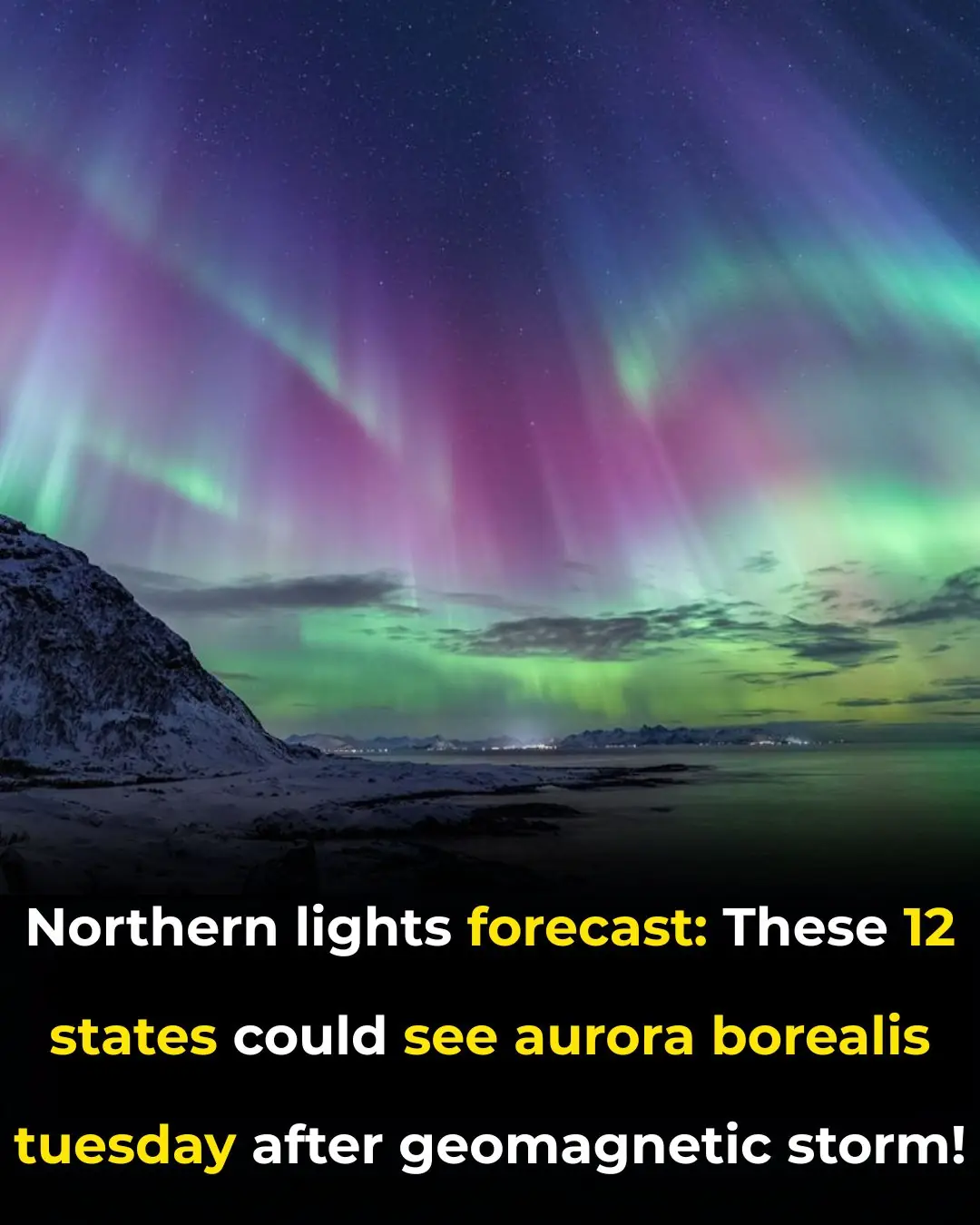
Northern Lights Could Dazzle 12 U.S. States This Week — Best Viewing Through Oct. 8

Researchers Turn Festival Wristbands into a Shield Against Drink Spiking

Give President Trump Nobel Peace Prize, Israeli Hostage Families Urge

The Flower You Pick Will Reveal Your Truest Trait

Meet Jonathan, The Oldest-Known Animal In The World
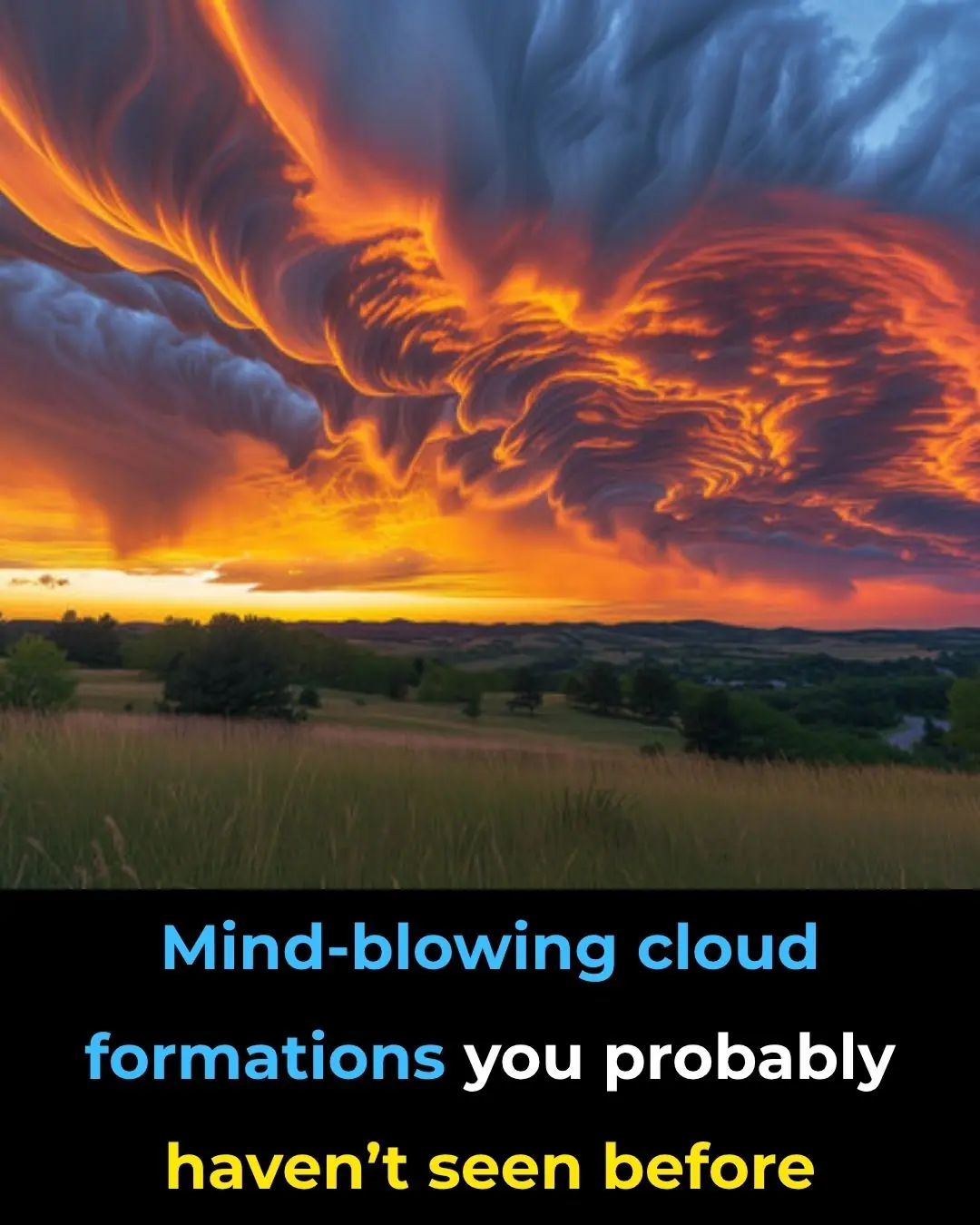
Mind-Blowing Cloud Formations You Probably Haven’t Seen Before
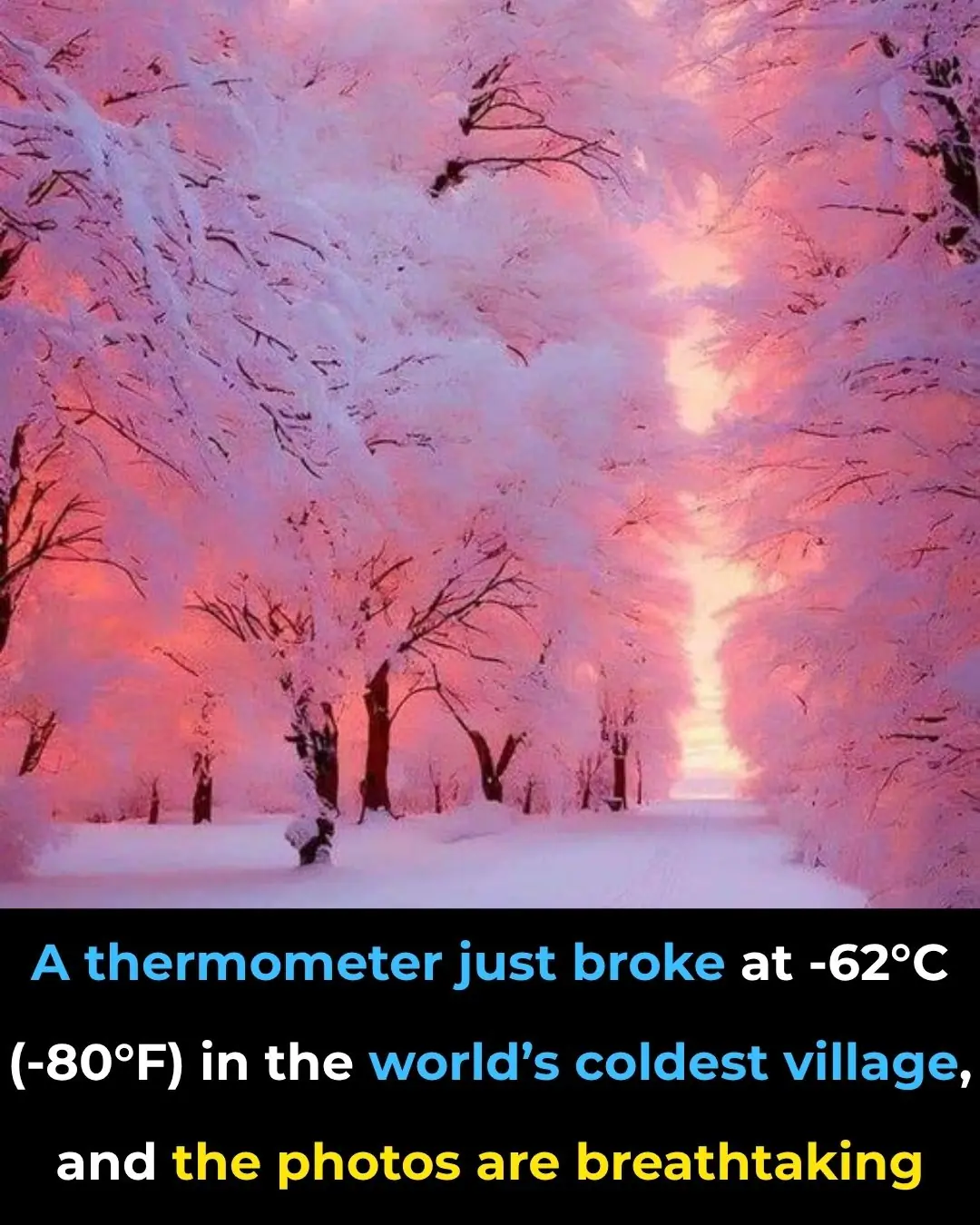
A Thermometer Just Broke At -62°C (-80°F) In The World’s Coldest Village, And The Photos Are Breathtaking
News Post

Growing Wildflowers: A Mother’s Journey Through the Chaos

The Baby in Princess Diana’s Arms

A Lifetime in Bloom: Lois Shows Us What Passion Truly Grows

Farewell to a Giant Soul: Vatsala the Elephant Passes at 100

Keeping the Monsters Away: The Quiet Heroism of Foster Parents

From Sidewalk to Forever: A Daughter’s Choice That Changed Everything
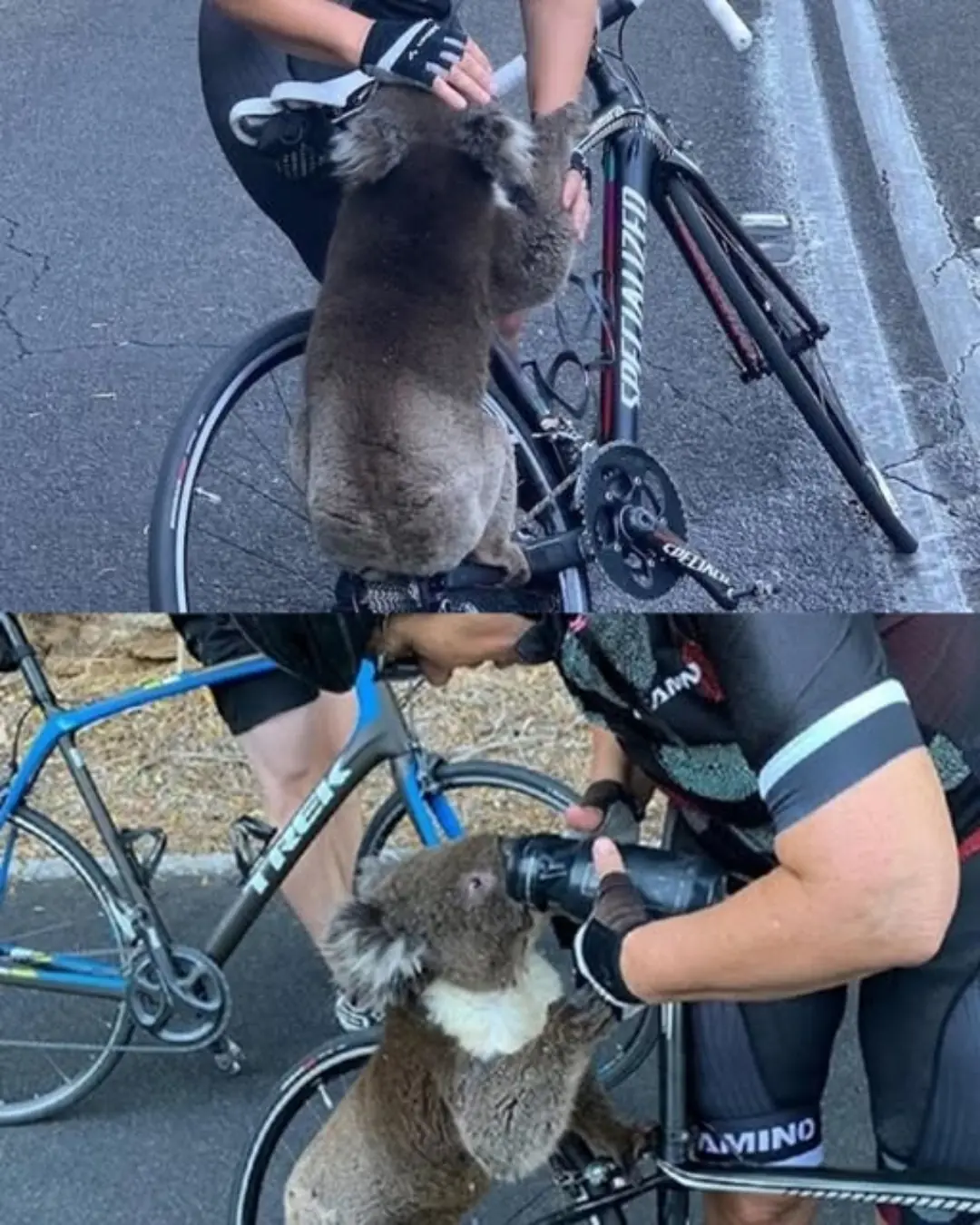
A Thirst for Life: Cyclists Halt Ride to Save Parched Koala in Australia’s Heatwave

An Actor’s Greatest Role: Morgan Freeman Becomes a Guardian of Strays

When a Celebration Became a Goodbye: A Daughter’s Farewell to Her Faithful Companion

Bella the Hero: How a Pit Bull’s Loyalty Saved a Life

No Matter How Dirty You Are, Absolutely AVOID These 7 “Dangerous Hours” When Washing Your Hair to Prevent Stroke, Sudden Illness, or Hospitalization Without Warning

3 Common Mistakes When Using Plastic Wrap That Can Cause Cancer and Are Often Made by Many People
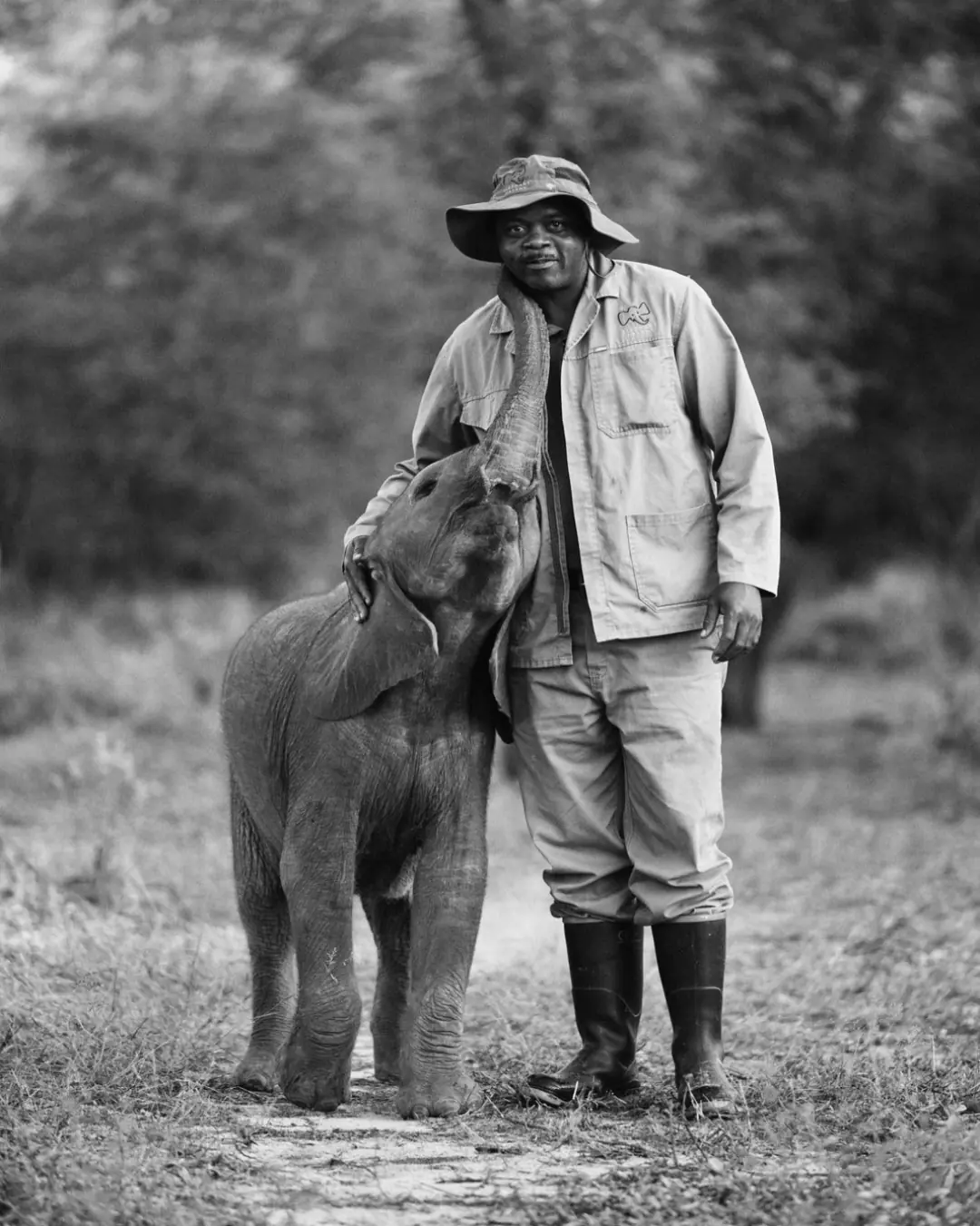
A Kiss from Joy: The Language of Love Between Elephants and Humans

What Do Vertical Nail Ridges Mean After 40

A Brave Fight for Life: Kuba’s Battle Against Ewing’s Sarcoma

Avocado Seeds Benefits: 7 Reasons to use them

9 Signs You’re Actually Going Through Menopause (Even If You Didn’t Realize It)

Morning Detox Elixir: Olive Oil, Lemon & Ginger – The Natural Cleanse You Need Daily

Nine Children in Dawsonville Get the Gift of a Bed, Comfort, and Peaceful Sleep
